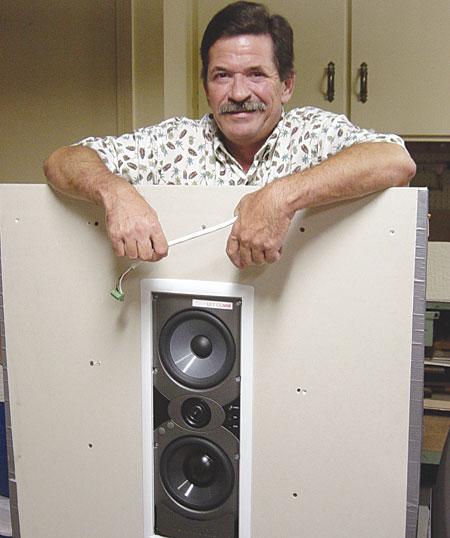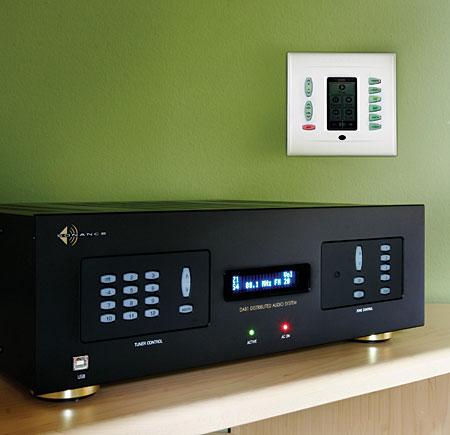Gary Altunian
Sort By: Post Date | Title | Publish Date
|
Sep 23, 2007
|
Jul 02, 2007 |
Published: Jun 02, 2007
|
Jan 18, 2008 |
Published: Dec 18, 2007
|
Jun 23, 2008
|
Dec 14, 2009
|
Apr 27, 2009


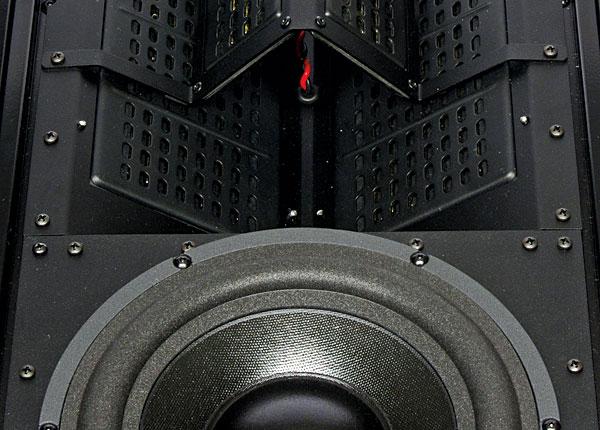
 Price: $17,800 At A Glance: Excellent clarity and transparency • Great system value • Awesome bass
Price: $17,800 At A Glance: Excellent clarity and transparency • Great system value • Awesome bass
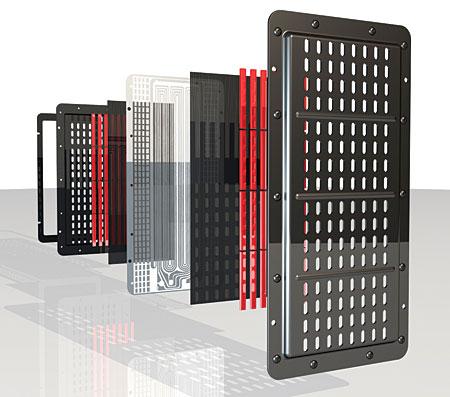

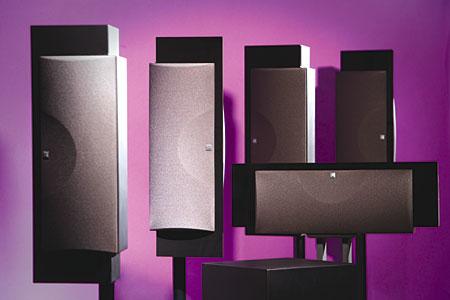
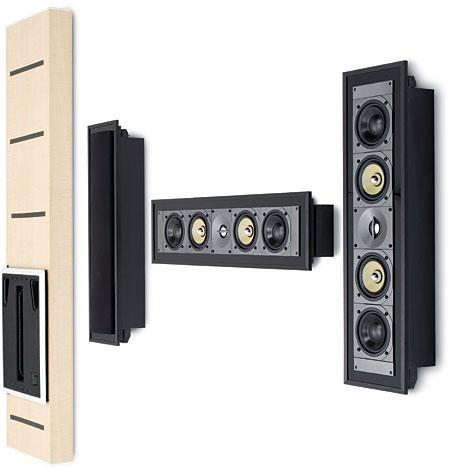
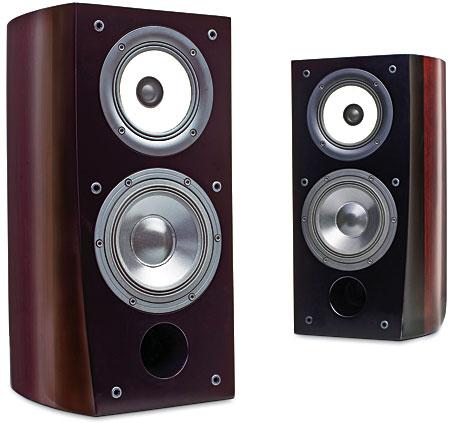
 Price: $10,197 At A Glance: Great in-wall speaker for flat-panel displays • Excellent sonic coherence • In-wall speakers with an in-room sound quality
Price: $10,197 At A Glance: Great in-wall speaker for flat-panel displays • Excellent sonic coherence • In-wall speakers with an in-room sound quality
